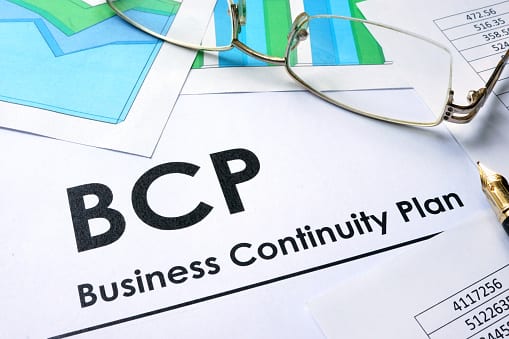How Can an IT Support Specialist Benefit My Business?
How Can an IT Support Specialist Benefit My Business? If you're like many small business owners, juggling all your IT needs internally can feel like...
3 min read
Lance Stone : Oct 18, 2017 10:55:00 AM
In business, one of your greatest assets is foresight. Put your planning potential to good use with a solid business continuity plan to ensure your company survives any incident, big or small.

When it comes to business, we have to foresee an entire range of potential bumps in the road. From minor challenges like toll bridges or traffic jams. To serious threats such as black ice in a sudden white out. Having an established business continuity plan in place will help you foresee potential threats to your company’s operation, prepare for these problems, ensure a speedy recovery, and mitigate major loss. Although we wish you nothing but safe travels, your company’s journey might not always cover freshly paved roads on sunny days. Follow these eight steps to creating an effective business plan so you can rest easy knowing that in the event of flat, you have a spare tire in the trunk and the tools to get you back on the road.
As Benjamin Franklin said, “If you fail to plan, you plan to fail.” Plan for success with a business continuity plan. Taking the time to establish a thorough business continuity plan will ensure you minimize both short term and long term damages as a result of any type of incident. Not only will this save you stress in the moment, but it will also help you retain clients and customers into the future.
Draft a Solid Plan by Consulting a Professional
Our IT professionals can help you develop a solid business continuity plan for your business. We can provide you with years of expertise, experience, and the assistance you need to ensure your business carries on – no matter what sort of roadblocks you encounter. For advice regarding business continuity plans, data backup strategies, communication solutions, and more contact an experienced professional.


How Can an IT Support Specialist Benefit My Business? If you're like many small business owners, juggling all your IT needs internally can feel like...

Along with all of its impressive features and capabilities, the Internet also presents a huge security risk. Odds are, you do your banking online,...
Having reliable and knowledgeable financial services IT support is a vital component of ensuring that your business runs smoothly and your customers...

On Time Tech is an IT Support and Computer Services company serving California. We provide services to the areas in and around We know businesses like yours need technology support in order to run highly-effective organizations. Leverage pro-growth technology services for your company now.
© 2025 On Time Tech